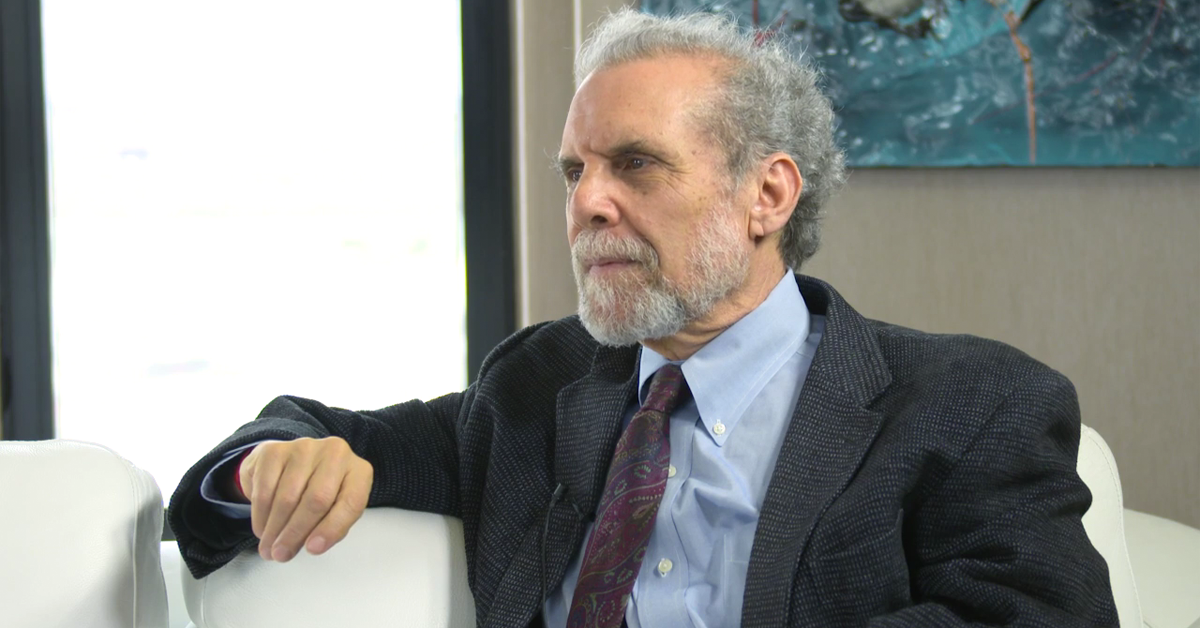If the Fed is seeking a reason to raise rates at its upcoming September meeting, inflation could be it. While inflation has ticked upward, however, Kristina Hooper says the modest move seems unlikely to warrant Fed action ahead of the US election.
by Kristina Hooper, Head of US Capital Market Research, Allianz Global Investors
Inflation ticks upward
While we've seen mediocre economic data recently, including disappointing retail sales for August, evidence points to rising inflation. And if the Fed is looking for a reason to raise rates, it may turn to that.
Inflation can erode the purchasing power of many fixed-income and cash portfolios
We have received some data in the past week that suggests inflation is indeed picking up, which looks to erode the purchasing power of many fixed-income and cash portfolios.
First, the producer price index–final demand (PPI-FD), which measures changes in the prices that US companies receive for goods and services, was unchanged for August, improving over the 0.4% decline in July. And we saw progress in longer-term trends with the core index, which strips out food and energy prices, now at 1.0% year-over-year.
Recent data, including core CPI, suggests that inflation is picking up
Then came the consumer price index (CPI) for August, which showed that headline CPI increased more than expected at 0.2% on the month, and was up 1.1% for the year. Meanwhile, the core CPI rose 0.3% for August, which is more than expected, and 2.3% for the year. It is important to note that the 0.3% increase in the core index was the largest we've seen in more than six months. Many categories saw price increases, most notably housing and healthcare. And the Atlanta Fed's measure of sticky-price CPI, which is based on those components of CPI that are considered slow to change, rose 3.4% on an annualized basis.
Gauging expectations
But current inflation is only part of the calculus for the FOMC when it comes to its inflation mandate; the Fed also looks at inflation expectations. As Chair Yellen explained in a speech on inflation dynamics in 2015, "theory suggests that inflation expectations—which presumably are linked to the central bank's inflation goal—should play an important role in actual price setting." She also pointed out that longer-term core inflation trends and inflation expectations showed a strong correlation, which "suggests that the estimated trend in inflation is in fact related to households' and firms' long-run inflation expectations."
Inflation is still not high enough for the Fed to justify a preemptive September hike
The New York Fed explains its focus on inflation expectations in a similar way: "Understanding what drives inflation expectations is important for the conduct of monetary policy, since it improves a central bank's ability to assess its own credibility and to evaluate the impact of its policy decisions and communication strategy."
There are a variety of different measures that gauge inflation expectations. One such measure is the University of Michigan consumer sentiment index. Another relatively new measure is the New York Fed's survey of consumer expectations. The New York Fed recently published a piece on consumers' inflation expectations based on observations made since it began conducting the monthly survey in June 2013. They noted that there had been a downward trend in median expected inflation from June 2013 until January 2016. However, that trend reversed starting at the beginning of this year, suggesting a firming of longer-term inflation trends.
A deeper look into inflation
Then there's the Philadelphia Fed's survey of professional forecasters, which provides a quarterly report on economists' expectations for growth, employment and inflation. While the three-year outlook for economic growth has decreased slightly, expectations for short-term inflation have improved slightly. Professional forecasters see slightly higher headline CPI inflation in 2016 and 2017 compared with their predictions of three months ago.
Another way to gauge inflation expectations is through the breakeven rate for Treasury Inflation Protected Securities (TIPS). A simple rule of thumb is to subtract the Treasury yield from the TIPS yield to derive expectations for inflation. Currently the 10-year US Treasury is trading at 1.692% while the 10-year TIPS yield is currently trading at 0.19%, suggesting that at least investors have lower expectations for inflation.
TIPS, dividend-paying stocks and even high-yield bonds can help investors guard against inflation
So how do we make sense of all these different measures of inflation expectations? To put it simply, the good news is that the US economy has been able to successfully avoid the threat of deflation thus far. But while inflation and its expectations appear to be on the rise based on most measures, the increases are so modest that it will be difficult for the Fed to justify a preemptive move to tighten monetary policy at this juncture. However, we'll still need to follow inflation closely—especially wage growth—as we head into the final quarter of 2016. And while any hike by the Fed could be considered preemptive in an inflation context, in terms of full employment it is significantly overdue as the economy is exhibiting all the signs of being "late cycle."
The key takeaway for investors is that the US does have some inflation which will be eroding the purchasing power of many fixed income and cash portfolios. Investors should be vigilant about the threat of inflation through the use of asset classes such as TIPS, dividend-paying stocks, commodities and even high-yield bonds, including those with shorter durations, in their portfolios.
Copyright © Allianz Global Investors














